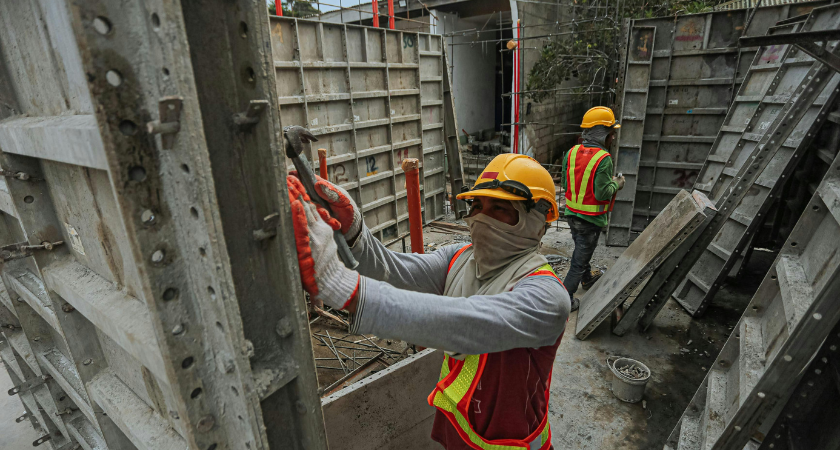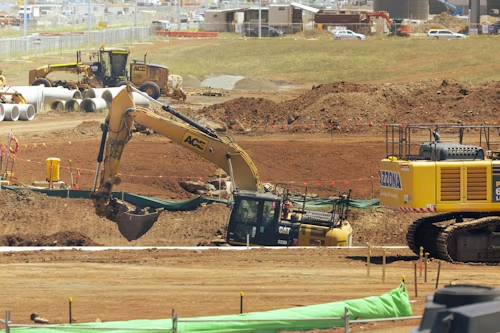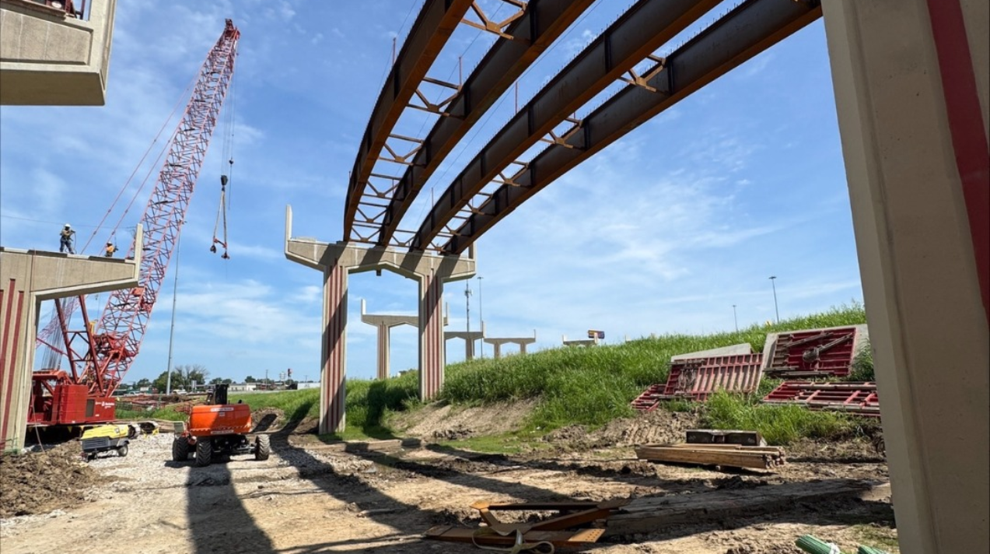
OKLAHOMA — Oct. 9, 2025 — The Oklahoma Department of Transportation (ODOT) has released its Federal Fiscal Year 2026-2033 Eight-Year Construction Work Plan, outlining projects aimed at maintaining and improving the state’s highways and bridges. The plan includes over 1,200 projects valued at $7.7 billion, though no new projects were added and some previously planned projects were postponed due to rising construction costs.

ODOT officials cited the impact of inflation, noting that nearly 18 years of typical cost increases were compressed into just three years, limiting the number of projects that can be executed within the eight-year window.
“Safety is and always will be the driving force behind every project in this Plan,” said ODOT Executive Director Tim Gatz. “Oklahoma has made tremendous progress over the last 20 years in improving our bridges and highways, and we are committed to keeping that momentum. At the same time, we must be realistic—inflation has dramatically increased construction costs and our available funding simply doesn't stretch as far as it once did. This Plan represents our best effort to balance urgent safety needs with fiscal responsibility, ensuring we continue to deliver the improvements Oklahomans expect and deserve.”
ODOT plans to accelerate certain projects using bond funding, including:
“This has been an incredibly challenging year, but we're deeply grateful to the Legislature for their continued commitment to Oklahoma's transportation system,” Gatz said. “The one-time RETRO funding provided over the last couple of years helped protect us from some of these budget pressures and kept critical projects moving forward. However, the inflation challenges we and other DOTs across the country are facing left us with no choice but to move some projects outside of that eight-year window.”

In addition to the eight-year construction plan, ODOT presented its Four-Year Asset Preservation Plan, focusing on preventative maintenance to extend the lifespan of highways and bridges across the state.
ODOT emphasized that the plan prioritizes projects based on safety, fiscal responsibility, and urgency, while balancing the effects of inflation and limited funding availability.

Residents and stakeholders can explore ODOT’s plans using the interactive project map, which allows users to view project locations, timelines, and specific details. ODOT also encourages feedback and community engagement to ensure projects meet local needs while maintaining transparency in infrastructure improvements.
To learn more about both plans, visit the ODOT website.
ODOT’s eight-year plan reflects national challenges faced by state DOTs, as rising construction costs, supply chain disruptions, and labor shortages impact project scheduling and budgets. By strategically using bond funding and RETRO allocations, Oklahoma aims to keep high-priority projects moving while deferring lower-priority work.
The asset preservation strategy is designed to reduce long-term repair costs by addressing wear and deterioration before safety risks become critical. This approach also complements ODOT’s broader infrastructure goals, including improving traffic flow, modernizing aging bridges, and preparing rural highways for increasing commercial vehicle traffic.
“Our commitment is to maintain the safety, efficiency, and longevity of Oklahoma’s transportation system,” Gatz said. “Every mile of roadway and every bridge repaired represents a safer, more reliable journey for Oklahomans.”
Originally reported by Fox 23 News Staff in Fox 23 News.